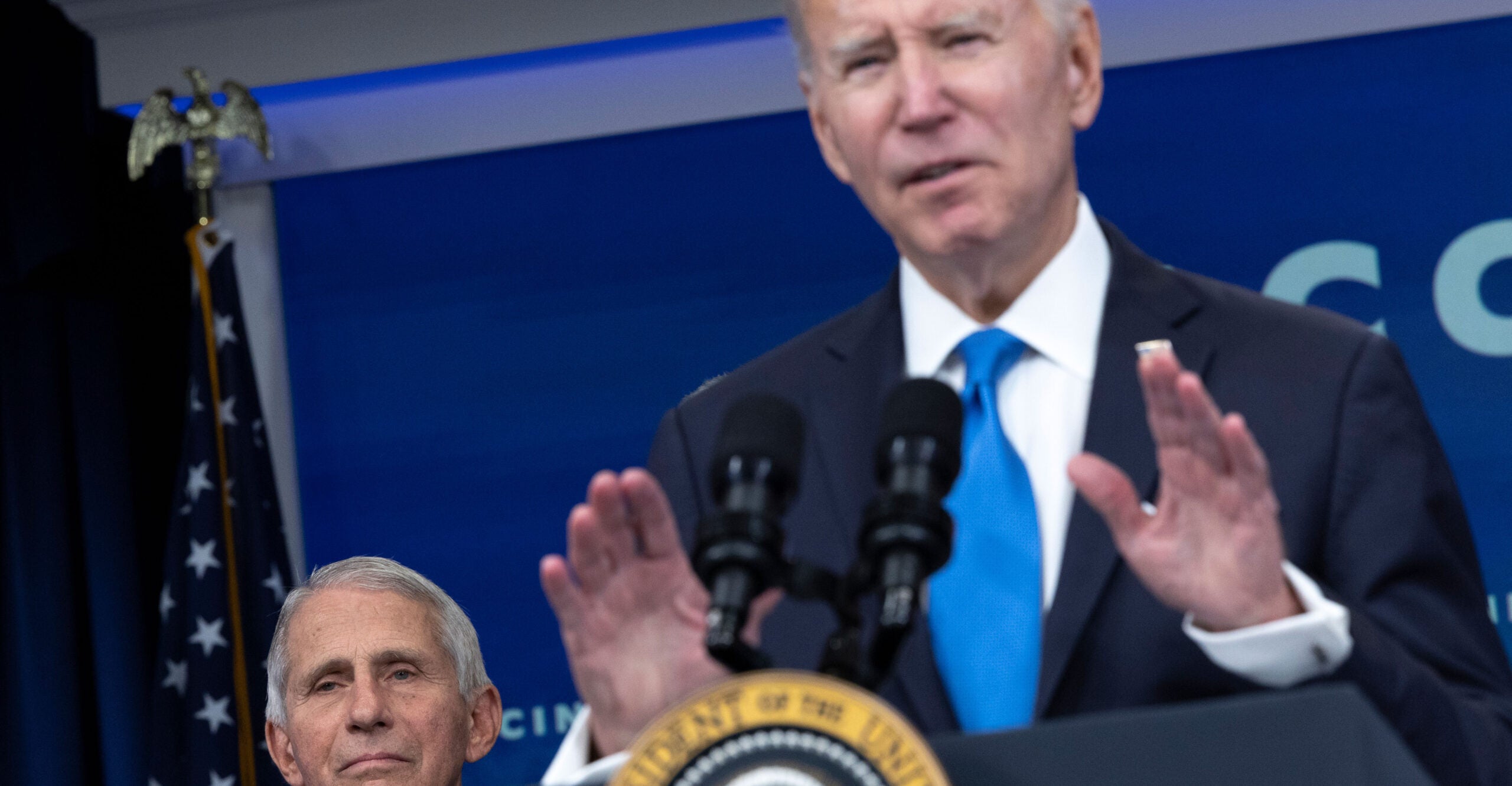Why it’s important to push back against stereotypes of aging
Let's look at some ways to address this problem of ageism in the workplace, writes Helen Dennis.

Q. I am a senior executive in a global manufacturing company. With joy, I recently celebrated my 60th birthday. That is, until for the first time I said I was aged 60 at work. It hit me like a ton of bricks; I was shocked at my reaction. What are your thoughts? P.H.
Your reaction has some merit based on the myths and stereotypes about aging.
The late noted geriatrician Dr. Robert N. Butler explained several reasons for such myths in his 1975 Pulitzer Prize-winning book, “Why Survive? Being Old in America.” He wrote, “There is a powerful factor operating – a deep and profound prejudice against the elderly which I have found to some degree in all of us.” Although this was just one reason for the myths, it’s an important one, because in many cases employees as well as others are not aware of their age biases. And what we are not aware of we cannot change.
Age discrimination in the workplace remains pervasive. According to an AARP survey of workers age 55 and older, almost 80 percent reported observing or experiencing age discrimination in their workplace. This is the highest percentage since AARP started asking about ageism in the workplace in 2003.
Some industries are less age-friendly than others. Technology is an example. According to a piece in Business Insider, Silicon Valley is known for its youth-obsessed culture. The median age of employees at Facebook is 28; at Google, it’s 30. Ad News writes that only five percent of the media’s workforce is 50 or over and that “grey hair is the exception.”
When is a person considered too old to be hired? The nonprofit Transamerica Institute surveyed a nationally representative sample of roughly 2,000 employers and got an answer. They found a little over one-third thought there was a specific age. The median age of 58 was considered the age of being too old. When asked what age someone would be too old to work, a little over a third indicated age 62 as the median age.”
These are disturbing results and indicate the challenges older workers face in finding employment. It also indicates employers’ lack of awareness of federal legislation.
That legislation is the Age Discrimination in Employment Act (1967) that protects workers age 40 and older from age discrimination in the workplace. The law goes beyond employment to include firing, layoffs, compensation, benefits, job assignments, training, harassment and more. This law applies to companies with 20 or more employees. There are exceptions called bona fide occupational qualifications (BFOQ) that often include jobs involving public safety such as bus drivers, firefighters, police and airline pilots.
The question remains on how to address this problem. Sheila Callaham, cofounder and executive director of Age Equity Alliance (AEA), suggests five steps in a Forbes article from March 26, 2023.
Educate: Hire age experts who understand the subtleties of ageism as it relates to all ages. Training should be a prerequisite for all employees with hiring and management responsibilities.
Ensure policies are age-neutral. Conduct an audit of internal and external policies, processes and messaging. Review diversity recruiting strategies and harassment policies.
Create an age-inclusive work culture. Begin with an orientation and set a zero tolerance for any form of bias, stereotyping or discrimination. Studies show that a multigenerational workforce is beneficial to companies including problem solving, creativity, knowledge transfer and more.
Eliminate ageist internal language. This is language that places blame and relies on generational labels. The latter describes trivial characteristics according to age according to Callaham.
Know your numbers. Measure your age demographics in ten-year segments by birth year or by decades.
Age discrimination also affects younger people when making assumptions about their employability, capacity and motivation based on stereotypes and myths of their generation.
An added note: In the late 1980s when I was with the USC Davis School of Gerontology, a team and I developed the first national corporate management program to address age discrimination in the workplace and strategies to engage older workers most effectively. It was called “Age Issues in Management.” Based on our work, I subsequently edited a book entitled, “14 Steps in Managing and Aging Workforce.” (Lexington Books, 1988). Our research found that training and education about aging made a difference in hiring managers’ attitude and decisions regarding older works. Note, this was a time when older workers and ageism was “less talked about.”
Thank you, P.H., for your good question. If you are in a position at your company, check if there has been an age audit that ensures equal opportunity for older persons … and for everyone. Happy Birthday and have a wonderful 60th year. Remember to spread your gift of kindness.
Helen Dennis is a nationally recognized leader on issues of aging and the new retirement with academic, corporate and nonprofit experience. Contact Helen with your questions and comments at Helendenn@gmail.com. Visit Helen at HelenMdennis.com and follow her on facebook.com/SuccessfulAgingCommunity
















:quality(85):upscale()/2025/02/27/808/n/1922398/26784cf967c0adcd4c0950.54527747_.jpg)


